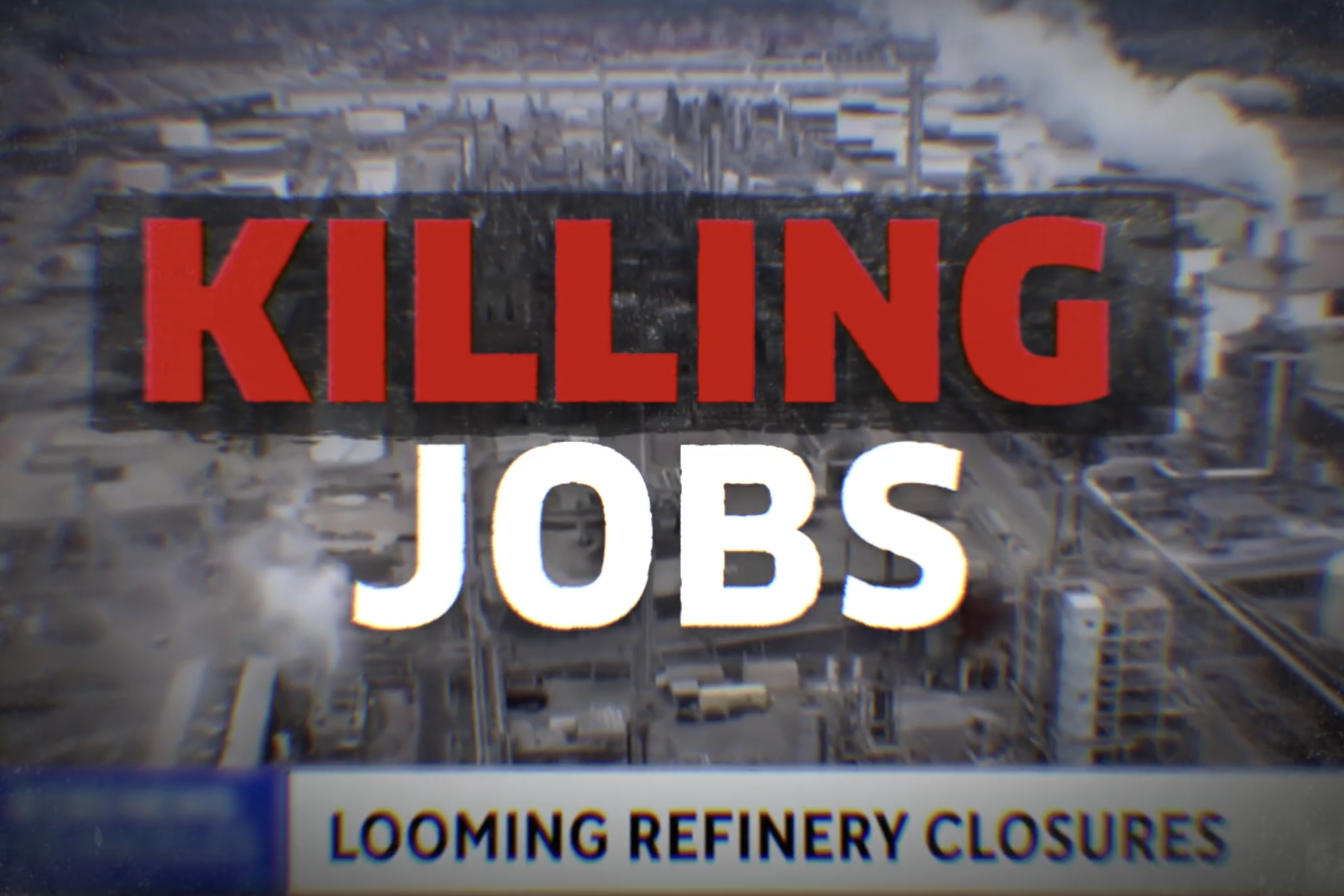A new RINsanity report from Wells Fargo lays out the plain truth and consequences involving the hidden costs of the complex Renewable Fuel Standard’s that impact both consumers and U.S. independent refiners, and whether the artificial, unregulated RINs market spawned by the federal biofuel mandate actually leads to more ethanol blended into gasoline.
Here are three important takeaways.
1. The truth is RIN costs subsidize Big Oil at the expense of independent U.S. refiners.
Wells Fargo’s new economic analysis confirms the Renewable Fuels Association testifimony to Congress in 2016. Independent refiners are unable to capture the cost of RINs by merely marking up their fuel prices, which they are unable to do, putting independent refiners at risk from an insurmountable, structural economic disadvantage relative to integrated refiners, blenders, retailers that can and do capture the costs of RINs for profit – Big Oil plus speculators.
This fact is reflected in many recent comments from Democratic governors throughout the country.
“The RFS volume requirements have had negative impacts on refiners in Mid-Atlantic and other states that lack the size and infrastructure to blend ethanol into gasoline and are in turn required to buy credits from companies that have these capabilities,” New Jersey Governor Phil Murphy wrote to EPA earlier this month.
“The 2021 RFS compliance obligations, in their current form, risk transforming the current severe economic harm to a real threat to the continued existence of some refineries in our state,” Louisiana Governor John Bel-Edwards wrote to EPA in April.
“The number of East Coast facilities that have closed has increased to eight and Pennsylvania now has only one remaining large refinery, Monroe Energy’s Trainer facility. In an SEC filing last week, Monroe Energy’s parent company reported an operating loss at the refinery of $216 million in 2020 with $172 million of the loss attributable to RINs expenses,” Pennsylvania Governor Tom Wolf wrote to EPA in February.
As these Democratic governors have explained to EPA, America’s independent refiners are unable to capture and cover the rising costs of RFS compliance on their own. That’s why they desperately need federal relief.
To put it plainly, the Renewable Fuel Standard imposes costs on U.S. independent refiners, while Big Oil benefits. That’s why Marathon vigorously fought spinning off its retail arm by arguing retail provides a massive advantage for "capturing RINs." At the same time, one of our nation’s largest hedge funds urged Marathon to spin off its retail network because RINs were so valuable that they would boost profits for the retail, which we see in earnings reports for retail chains like Casey’s and Murphy’s in the Midwest.
The artificial, unregulated RINs market created by the RFS has been a windfall for Big Oil since 2012, after they realized RINs could be traded without any oversight from the federal government. The RFS puts independent refiners at a structural economic disadvantage against Big Oil.
2. The truth is RIN costs make gasoline prices more expensive.
RINs were predicted to trade for pennies in 2007 when Congress enacted the law creating the RFS to promote energy security and independence. RINs did trade for pennies until 2012, skyrocketing up to $1.45 each in June 2013. After a roller-coaster ride from there, In January 2020, ethanol RINs prices backed down to 10 cents. Last week, RINs reached $2.00 for the first time in the program’s history. One week later, after rumors were reported that the Biden Administration would address RINsanity, prices dropped to $1.25/RIN each for a short period, showing the inherent volatility related to hoarding, speculation, and headlines.
Independent refiners are spending more to purchase RINs annually than on any other operational cost, including payroll. Earlier this month, RINs cost more per gallon than the federal gasoline tax. Some estimates contend that consumers have been paying as much as an 30 extra cents at the pump for every gallon of gas.
According to Wells Fargo’s analysis, the federal government could eliminate the D6 RIN to raise the federal excise tax on gasoline by 50 percent, and the outcome would be higher tax revenue with a net dis-inflationary impact.
As members of Congress consider raising the federal gasoline tax to pay for infrastructure investments, they should address the rising costs of RINs being imposed on consumers by the RFS.
3. The truth is that RIN costs are unrelated to ethanol blend rates. In fact, the percentage of our corn food crop going to ethanol has been declining each year, despite EPA’s blending mandates increasing based on 2007 demand projections.
The Wells Fargo report identifies the misplaced point of obligation as the key issue with the RFS, noting that reducing EPA’s Renewable Volume Obligation (RVO) would have zero impact on either ethanol demand or corn production. In fact, Wells Fargo notes blend rates would remain relatively unchanged regardless of EPA’s RVO. That’s primarily because ethanol boosts octane, which is needed for today’s high-performance engines.
Despite continuously escalating and now sky-high RIN prices, ethanol production remains essentially flat. “Even with RINs at record high levels,” Wells Fargo lays out, “Ethanol production remains within the five-year average production range.”
The RFS was designed to promote energy independence and security; not as a safety net for agricultural communities, even though that’s how biofuel lobbyists pitch RINsanity in Washington, DC.
The truth is RIN costs subsidize Big Oil and speculators at the expense of independent U.S. refiners, make gas prices more expensive at the expense of U.S. consumers, while ethanol blend rates remain relatively constant. With thousands of high-quality union jobs that support working families at stake, the facts – and the urgency – are clear. The Biden administration must act now to provide relief to refiners under the law before we run out of time and another U.S. refinery shuts down..


